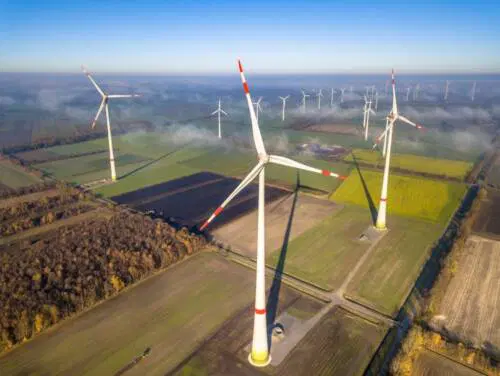Weather plays a vital role in the world of global energy trading and market trends. Energy trading involves buying, selling, and speculating on energy products such as electricity, natural gas, and crude oil. Some of the biggest parties involved in energy trading include energy producers, utility companies, and financial institutions, and there are a lot of factors that make energy trading so complex.
Weather impacts both the production and consumption of various energy sources. Cloudy days reduce solar irradiance, which leads to decreased electricity generation from solar panels. Different seasons of the year also impact the duration of daylight which also impacts generation. Snowstorms can cover solar panels, not allowing light to reach the panels. Hailstorms can cause a lot of physical damage to solar panels as well.
Wind turbine performance is greatly affected by wind speed and direction. Strong, consistent winds are better for production, while calm winds will limit their output. High levels of wind shear can cause turbulence in the atmosphere, which can put stress on the wind turbine components and reduce efficiency. Extreme wind shear can cause wind generation to be completely shut down due to safety concerns. Severe weather events can damage the turbines, leading to disruptions in energy supply and price volatility.
Rainfall and snowmelt, as well as droughts, can influence water levels in reservoirs, greatly impacting hydroelectric power generation. Seasonal changes in precipitation patterns and long-term outlooks are taken into great consideration for hydroelectric power generation.
To effectively manage all of these weather-related risks, energy traders are increasingly turning to advanced weather forecasting technologies. Access to diverse weather observations from radar, satellite, and drones allow for more accurate weather forecasting and risk assessment. Machine learning algorithms help to analyze vast amounts of weather data to identify patterns, trends, and anomalies to enhance the accuracy of forecasts.
In the energy trading industry where uncertainty is a constant and market dynamics are influenced so much by weather, energy traders need advanced technologies such as better radar coverage, unique weather observation data, and AI-driven models to effectively mitigate weather-related risks and capitalize on opportunities in the energy markets.

